Bring Out Your Dead! Complex Spaces in the Habitat Gardens
In the world of gardening, we often find ourselves immersed in the beauty of living plants. However, the intricacies of a garden extend far beyond the greenery. In the newly unveiled habitat gardens we explore the importance of organic and inorganic structures in supporting a thriving wildlife habitat.
All along the reimagined Birds and Bees Walk you’ll encounter installations including insect hotels, dead walls, material libraries, standing dead wood, brush piles, dead hedges and log walls. These features reflect the diverse and eclectic habitat needs of a wide array of creatures. Invertebrates, including beneficial insects and pollinators, use plant stems, holes in dead trees and branches, as well as holes in the ground, to nest or overwinter. Birds and mammals hide in thick tangles of branches and harvest grasses and other fibers to build nests or insulate dens. Amphibians rest in cool moist areas shaded by stones and logs, while reptiles use the hotter sides to warm their bodies.
Including a diversity in material shapes, sizes, density and decomposition is important in attracting a wide arrange of life. Also, the eclectic rainbow of colors, masses, voids and weight of the branches is quite beautiful in itself. One of the largest installations in the garden is the Wood Wave, a dead hedge that extends more than 25 feet in length and crests to the height of 6 feet. A dead hedge is a prime example of a structure teeming with inner life. Constructed by stacking, compressing and weaving together sticks, branches and brush, a dead hedge offers a multitude of crevices, holes and hollows which are invaluable for shelter and nesting. The dead hedge also serves as a repository for the organic debris generated in the garden, turning waste into a valuable resource.
These gardens are not just about the living plants; they're about creating complex spaces where many different phases of life coexist. It's a symphony of growth, decline and renewal, and structures play a vital role in this ecological dance. As the Wood Wave and its sister structures age, they also evolve. They will decompose with winter snows and break down in the summer heat. They will be tended to, modified, and redesigned as necessary, just as we would do with a garden of living plant material.
For their help in bringing these installations into existence I would like to recognize Sonya Anderson, assistant curator of pollinator gardens and Plant Select ®, seasonal gardeners Justin Hobert and Jessica Troy, horticulture volunteers John Feek and Pat Roth, and the intern class of 2023.
Gallery
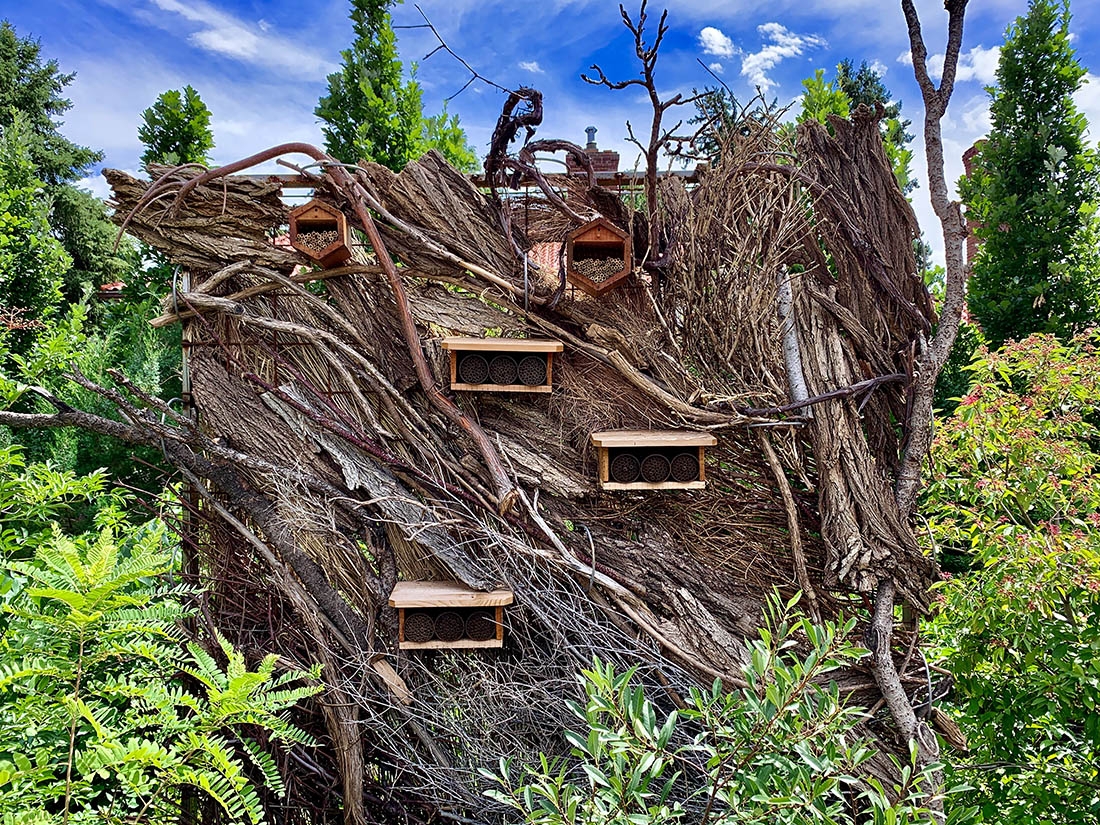
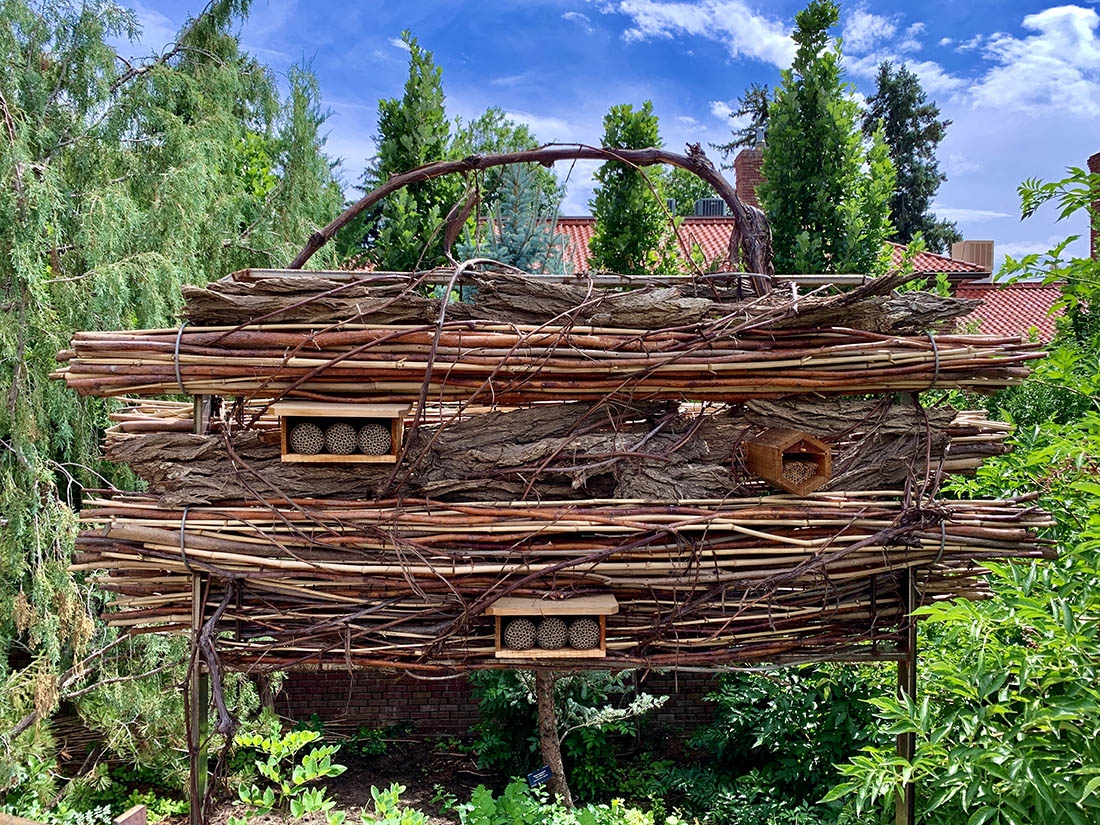
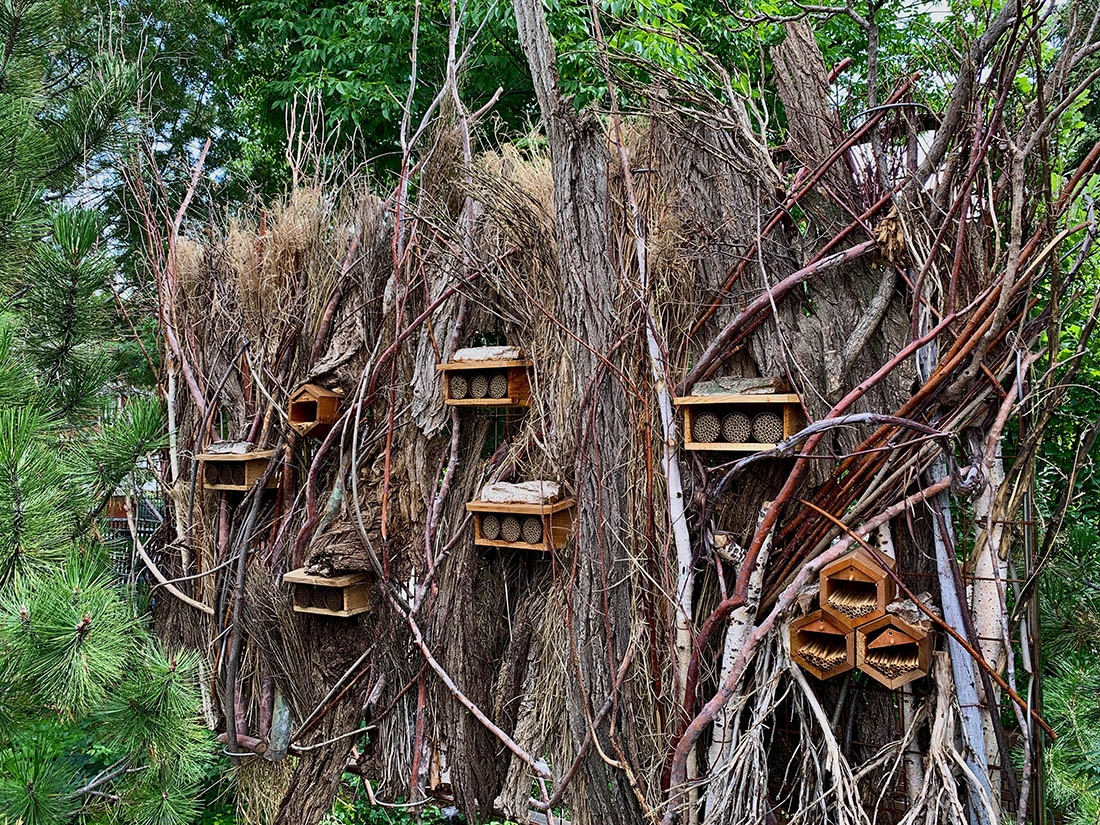
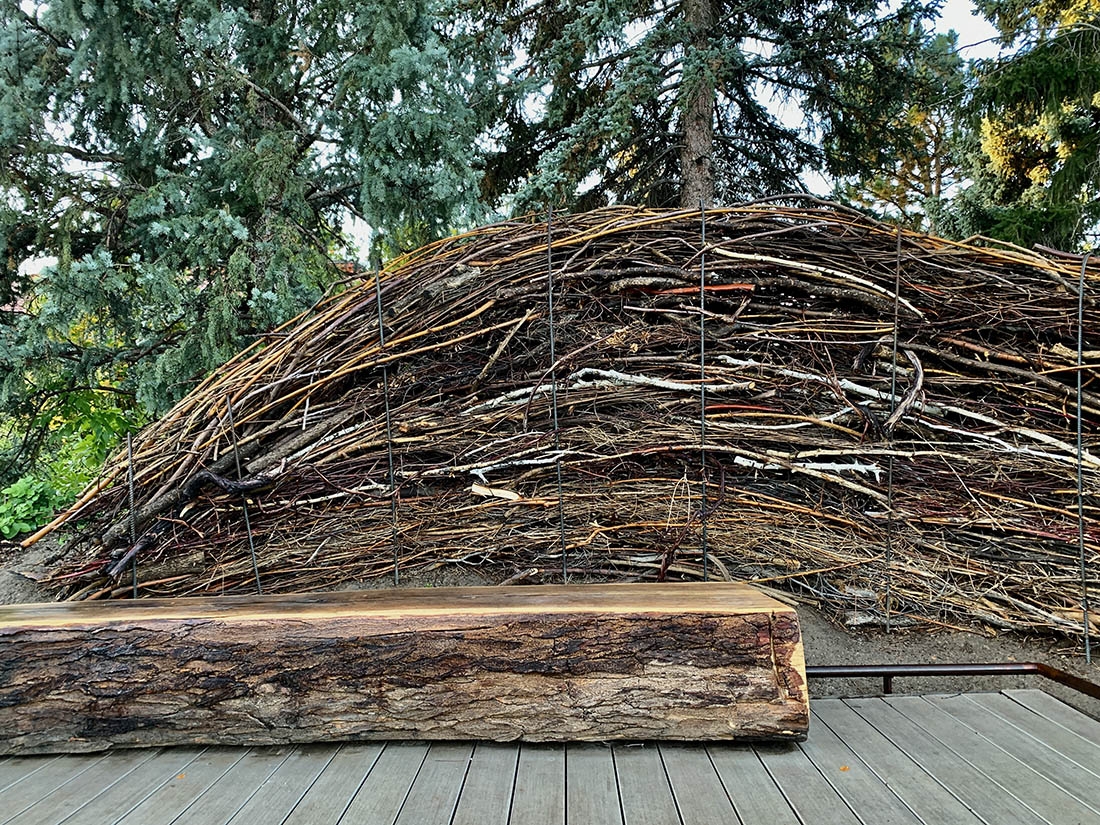
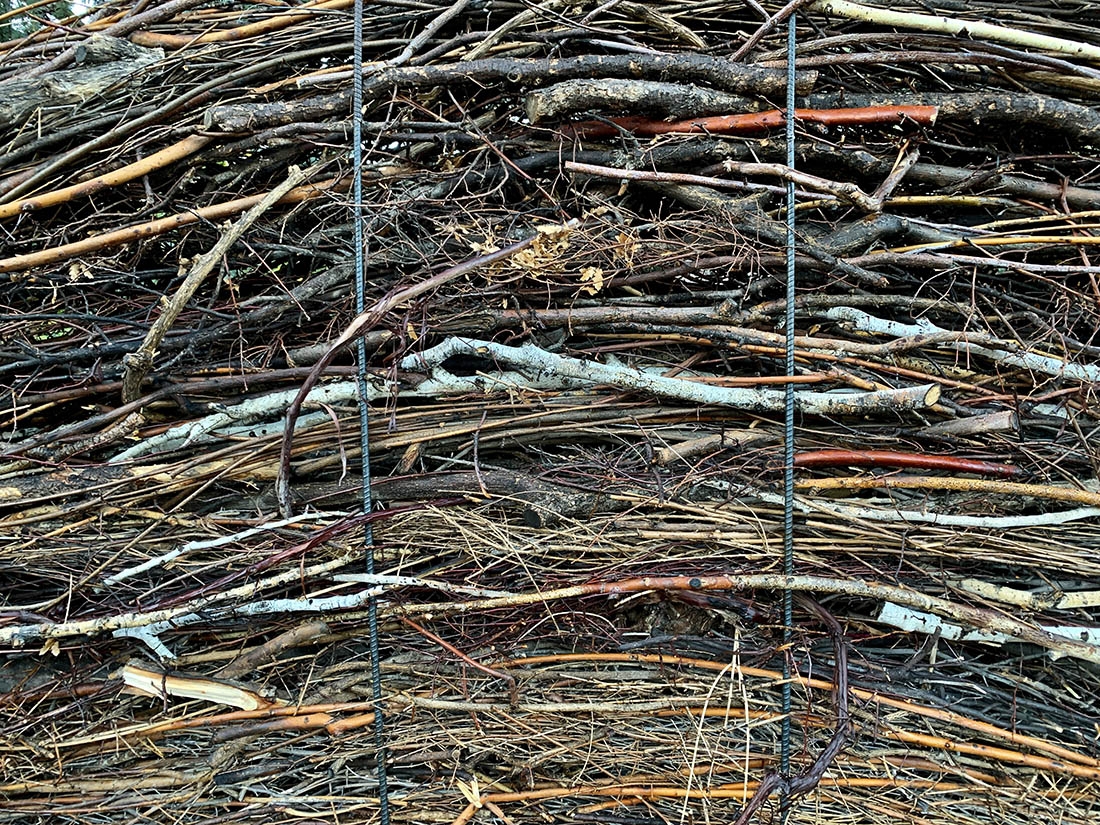
Add new comment